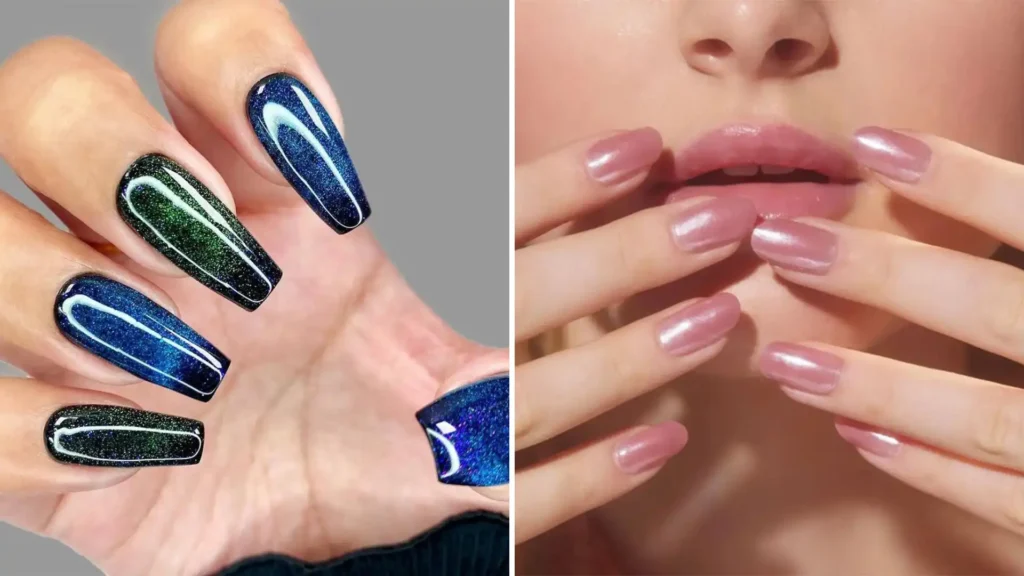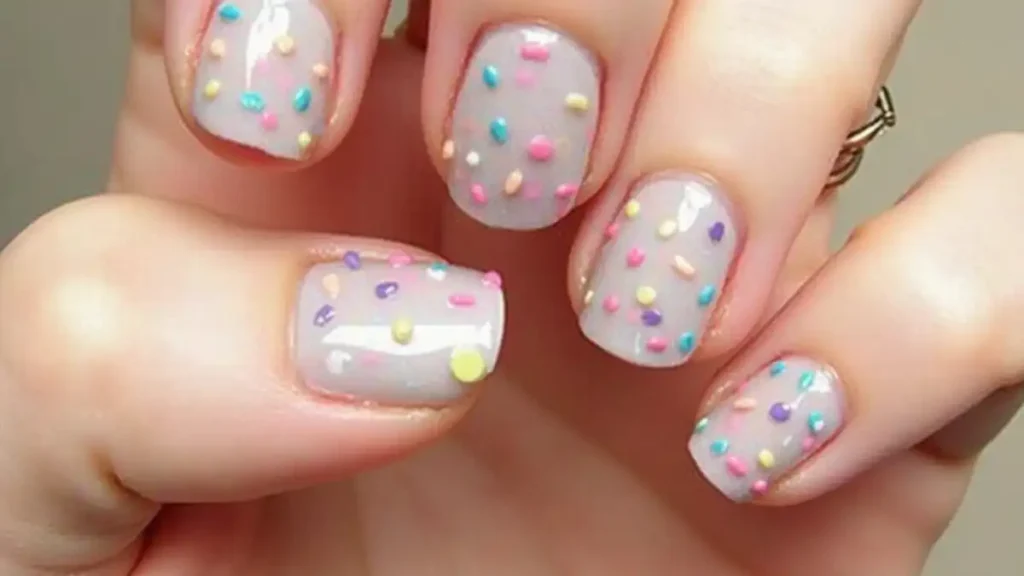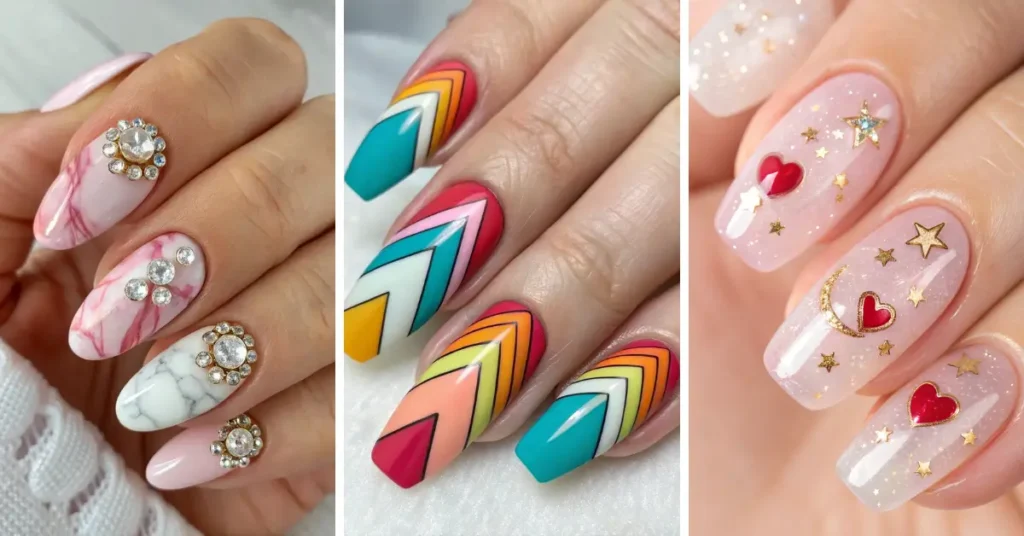Ever looked at a minced, brittle, or black-lined nail and wondered why it looks that way? Well,
it turns out that nail health is nearly associated with how well your body is performing in other areas. Healthzinc deficiency symptoms nail
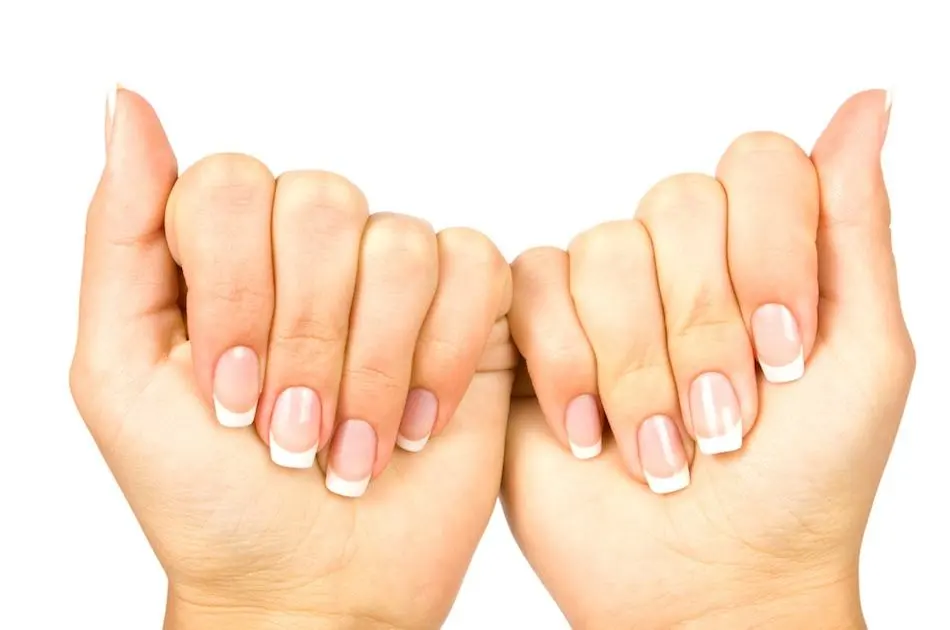
“ For the general population, nail health is most frequently an index of poor nutritive input or poor digestion,” explains. Sara Norris, a naturopathic croaker grounded in Los Angeles. “ Brittle, weak, and shelling nails are the most common enterprises I see in my practice and these symptoms are more frequently the result of a poor diet than of the systemic complaint.”
Dr. Mark Benor, clinical adjunct professor of the family drug at Keck School of Medicine, agrees “ My job is cheering people that their nail issues generally don’t bespeak a serious underpinning illness,” he explains. “ The family drug clinic is full of cases with nail findings of no significance outside of the anxiety they produce.”
Healthy nails are considered to be smooth with no abrasion, but if there’s a commodity amiss with your texture and color of yours, this companion can help you find a fix. Plus, we’ll tell you which symptoms might warrant a talk with a healthcare professional.
1. Yellowing or Thickening Nails

An unheroic color to your nails is much further conspicuous than other changes, which is important because it’s surely a commodity to pay attention to. Generally, if your nails come unheroic or thicker than usual, this means fungal infection. This can be accompanied by pain or other discomforts, and in this case, you should surely record a visit with a croaker.
The utmost topical drug doesn’t generally do much for the infection since it affects the nail bed and deeper, so you may need an oral drug specified by a croaker. The traditional drug does come with adverse side goods which are featured on the marker. Still, there are newer treatment options available that access through the nail plate to give relief to fungal symptoms. Look for products that feature a transdermal delivery system because this means it’ll work on the area under the nails where fungus thrives.
Other conditions might beget unheroic nails similar to psoriasis or thyroid conditions (in rare cases), and habitual bronchitis.
2. Brittle Nails
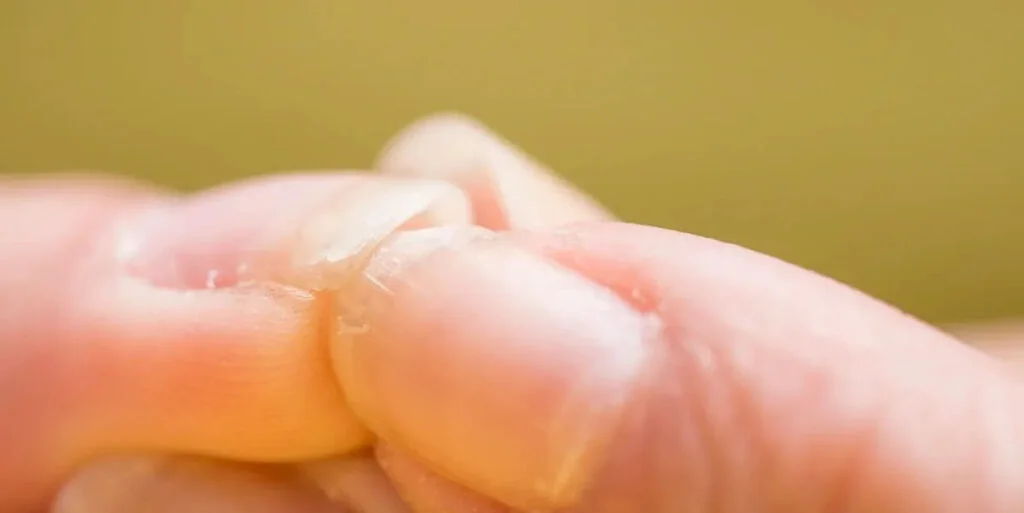
Away from being annoying and occasionally uncomely, brittle nails can be a sign of commodity more. While fineness can develop simply as a part of aging, if your nails feel to crack for no reason, this might be a sign of anemia.
Anemia is a condition where your body lacks enough hemoglobin, a protein that carries oxygen from your lungs to the rest of your body. While fatigue is the leading sign of anemia, this condition can also show itself through brittle or ladle-shaped nails — called koilonychia. A blood test can diagnose whether or not you have anemia.
Brittle nails can also be a sign of a thyroid complaint — meaning your thyroid makes too numerous or too many thyroid hormones. These tyrosine-grounded hormones help regulate your metabolism, which is how your body converts the foods you eat into energy.
Still, it might also gesture thyroid complaints, If your nails resolve down from your nail bed.
Thyroid complaints can be diagnosed with a blood test, and treatment may include taking certain vitamins or following a special diet, as well as witnessing hormone- relief remedy or surgery in more severe cases.
3. Pitting and Grooving Nails

Nails are generally supposed to be smooth. Still, small cracks and depressions on your nail — known as “ bending” — can be a sign of psoriasis. Psoriasis is a skin complaint that causes patches of skin that are itchy, sore, or red, and frequently have argentine scales. Your nails may also deteriorate, loosen, or indeed fall off.
Since hair and nails are so nearly affiliated, this might also be a sign of alopecia areata, which is a medical condition in which you lose patches of hair. There generally aren’t any other symptoms of alopecia other than its impact on your hair and nails.
“ Both conditions frequently bear a physical test to check for symptoms on another corridor of your body,” says Dr. Vlachos. She further explains, “ treatments for psoriasis include phototherapy using ultraviolet lights, as well as topical or oral specifics. Treating alopecia areata may involve entering steroid injections, using topical specifics, or witnessing ultraviolet light remedies. “
4. Dark Lines

Indeed if you’re active about checking your skin for dark spots and other signs of carcinoma — a type of skin cancer — you might forget to check your nails. Melanoma can appear as a dark band under your nail, distorting its color. Occasionally it’ll darken the cuticle girding your nail, too, which can be a sign of aggressive carcinoma.
Carcinoma is life-hanging, so it’s important to get any dark lines under your nails checked incontinently. The opinion may involve a physical test and vivisection, and treatment for carcinoma can include surgery, chemotherapy, radiation remedy, immunotherapy, and targeted curatives.
5. White Lines

White lines underneath your nails may be a sign of order complaints or liver problems. Both of these issues can discolor your nails because of a figure-up of waste products in your body. Your feathers and liver are supposed to relieve your body of what it doesn’t need, but when they aren’t working duly, white lines may form under your nail bed.
Dr. Vlachos says, “ a blood test can help determine if your liver and feathers are performing duly. Treatments for order or liver diseases may involve taking specifics, witnessing dialysis to help remove redundant waste from the body, or, in severe cases, entering an organ transplant.”
6. Pale or Very White Nails

The color of your nails is the first thing you notice when you check them over. Do they have a strange unheroic tincture to them? Are they a bit paler than normal? Well, that can mean a sprinkle of different effects. For illustration, substantially white nails can mean possible liver problems, similar to hepatitis, low protein stores in the body, order failure, or rare cases, heart complaints, or diabetes.
Still, that can be an index of anemia, meaning a lack of healthy red blood cells, If your nails are pale. This can beget fatigue and dizziness, among other effects. Other possible causes of pale nails are analogous to white nails, as it can mean congestive heart failure, liver issues ( including a liver complaint), and malnutrition. However, you should take a look at your diet, and see if you get enough iron, If you find your nails paler than usual.
7. Weak or Soft Nails
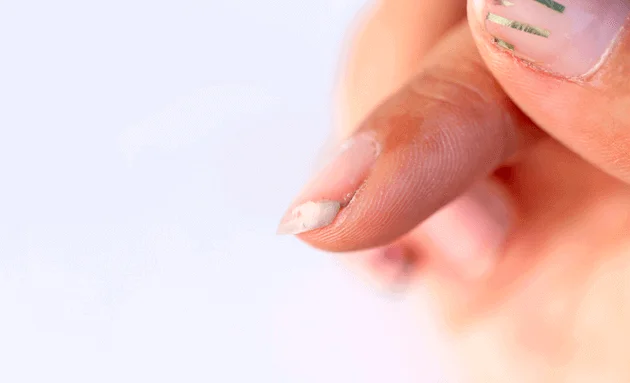
Soft and fluently- minced nails are substantially caused due to overexposure to humidity or chemicals like soap, nail polish way, nail treatment gels, etc.
Avoid as numerous chemicals as you can, and let your nails heal naturally. Weak nails are likely to be caused due to an insufficiency in Vitamin B, Calcium, Iron, or Adipose Acids. Consult your croaker to decide on what supplements and diet are stylish for your health.
8. Peeling Nails

Shelling nails are generally caused by an external force on the nails. Your nails may peel if you’ve used your nails as a tool to press or open a commodity. Still, shelling nails may also be the cause of a lack of iron in your body. However, chances are that you may have an iron insufficiency If your toenails are shelling as well. Consult your croaker about supplements you should consume. Switch to an iron-rich diet with lots of lentils, cereals, and red meat. Healthzinc deficiency symptoms nail
9. No Half Moons on Your Nails

Some people may not have the rounded wind at the base of their fingernails. The word fingernail moons have come from the Latin word lunula, which means little moons. However, it could be a sign of malnutrition, and depression, If these angles aren’t present or have suddenly faded. Healthzinc deficiency symptoms nail
Still, anxiety, unforeseen weight loss or gain, If you witness symptoms like dizziness.
10. Horizontal Lines

Also known as Beau’s Crests, these indentations have frequently affected an injury or systemic illness. While there’s no clear cause, some croakers hypothecate that a hindrance in blood force can affect Beau’s Crests. They may be a sign of inadequately controlled diabetes, as well as several other conditions including malnutrition,
hypertension, and renal failure, as well as infections like measles, mumps, malaria, and pneumonia. However, check with your croaker to cover your symptoms,
If you notice vertical lines on further than one of your nails or have been diagnosed with prediabetes or diabetes. Healthzinc deficiency symptoms nail
Discover more nail trends:
- Perfecting Your Gel Polish Manicure: A Comprehensive Guide
- 15 Creative 3D Nail Designs to Spark Your Next Manicure
- 10 Adorable and Simple Valentine’s Day Nail Designs
- Follow us on Facebook
- Follow us on Pinterest



